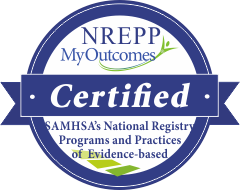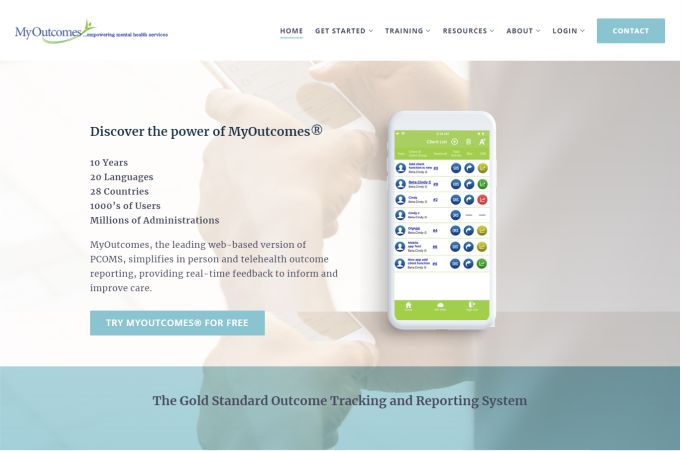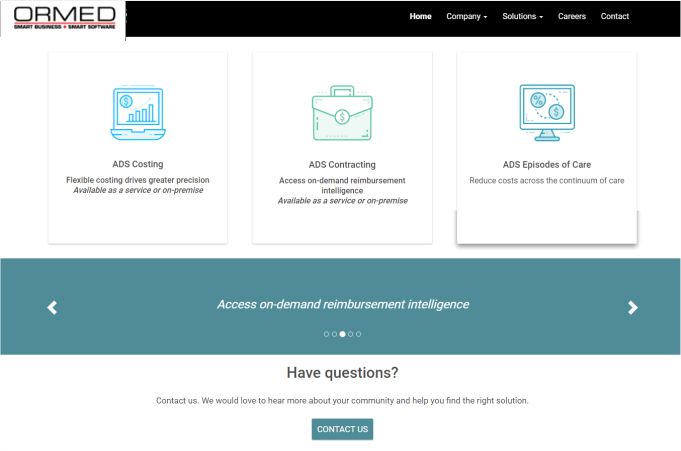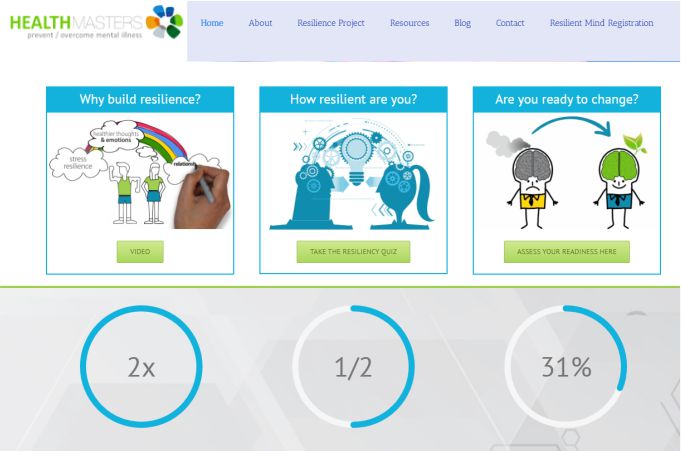Streamline is a team of experienced business mentors an award-winning software developers who work to help businesses like yours succeed. What we do is best described by asking you this question: if you could wave a magic wand what do you want to have happen in your business? For some clients, it’s about developing tailor-made software solutions, enhancing their digital presence through responsive web design, leveraging big data analytics for predictive insights, or integrating cutting-edge AI to streamline operations. Our consultative-driven center of excellence undergirded by a high value of integrity provides:
![]() End-to-end mobility and web solutions
End-to-end mobility and web solutions ![]() Big data analytics
Big data analytics ![]() Cloud computing automation
Cloud computing automation
![]() Artificial intelligence
Artificial intelligence ![]() Virtual reality
Virtual reality ![]() Digital marketing
Digital marketing
We are keen to hear your plan!
Trusted by hundreds of happy customers
Words from our Clients
Businesses stand out in a competitive market when their ambitions
turn into reality.
“While the engagement is ongoing, Streamline thus far has met the requirements and delivered high-quality outputs on time. The team collaborates using a spreadsheet, keeping everything on track. Overall, the main highlights of the partnership are their communication, knowledge, and hands-on approach.”
![]()
![]()
![]()
![]()
![]()
![]()



Why is DQ so Important:
Because it helps you determine the level of efficiency you operate at and the effectiveness of your service/product offering.
Our team of business & software professionals understands how to identify where positive change can occur in your business. Being digital technology is fast emerging, there could be several initiatives that can bring improvement to many areas of your business. Let’s explore together!
Get up to $15000 grant to improve your businesses
with digital online strategies


































